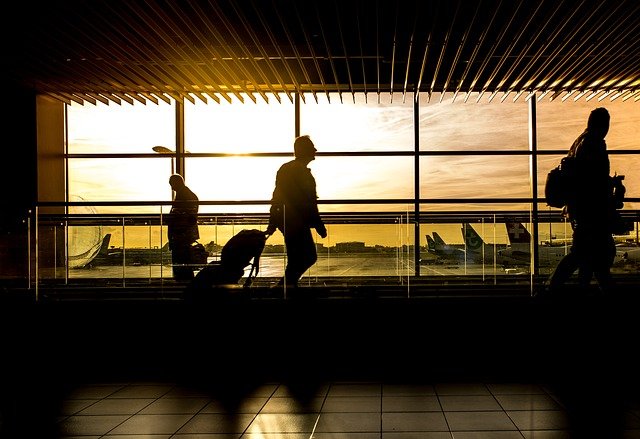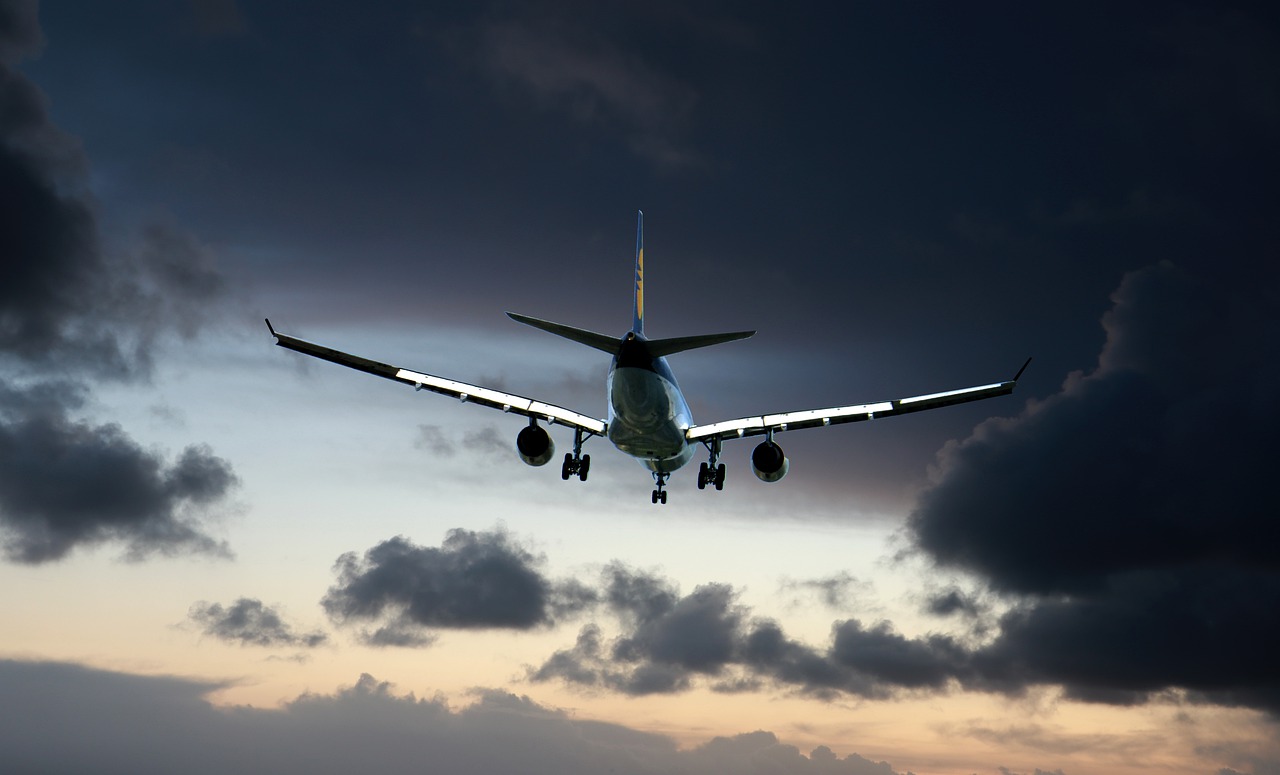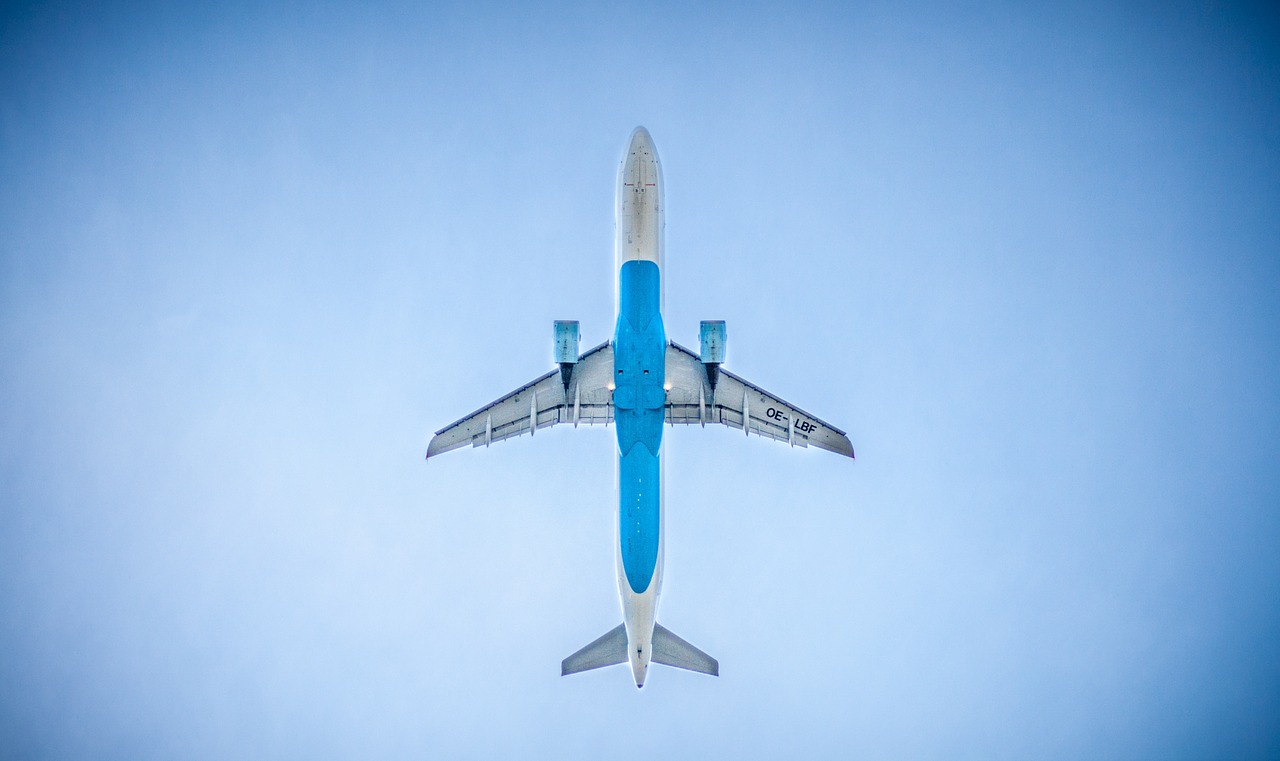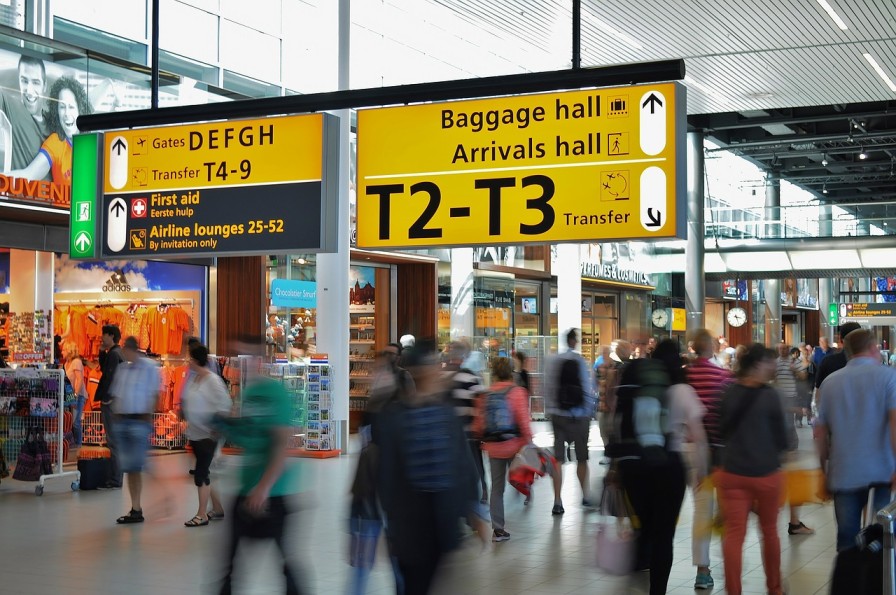Imagine zipping through the broad sweeping highways in the late evening dusk light, leading up to Bengaluru airport, in a clean, comfortable, air conditioned cab. You’re basking in the warm, righteous glow of having completed a series of highly successful meetings; perhaps one with a corporate entity to work on a sustainability project or with a real-estate developer to plant trees as part of a ‘green campaign’. You feel good, you feel clean, your conscience is clear. You arrive at the airport, ready for your smooth night flight from Bengaluru’s impressive Kempegowda International Airport to head back home to Mumbai. Nothing in this ‘scene’ even hints at doing anything ‘unclean’, anything with a hint of ‘dirt’.
So imagine the cognitive dissonance that you would experience if an airline representative hands you an axe instead of your bags at the terminal, and asks you to chop off a mango tree to memorialise the damage your flight has caused.

The chilling truth about air travel is this: an average medium-haul domestic return flight from Bengaluru to Mumbai emits Greenhouse Gasses that neutralises the benefit of 100 trees.
The massive carbon footprint behind air travel
Between 1995 and 2008, in the USA, when air travel was still a more expensive way to travel, I would spend all day sitting at the airport with binoculars, a note pad and an entire picnic basket. I would spot aircrafts, making lists of the scheduled flights and geographical maps of the landing strips. I was completely oblivious to any of the grim ecological realities that lay buried under the air travel industry.
But I had been neck-deep in environmental issues. I had gone to college to study environmental engineering, and by 2008 had been employed as an environmental engineer for 8 years. So imagine my surprise when I realised how profound my ignorance and blindness about air travel’s atmosphere-choking track record had been.
My fascination with the aviation industry continued till 2008 when my mentor and I first developed India-specific carbon footprint calculation and reduction tools at no2co2.in. I was heartbroken when I measured the carbon footprint of a flight.
I realised that one international trip from India to the US, which had been my home for 13 years, and back would triple my footprint. Since then, I have gone cold turkey on air travel.
I did not go for any family vacations that involved flying.

A strong stance against flying was causing immense disruption in maintaining ‘normal’ social relations but I could see no way of closing an awakened eye.
Over a 1,000 km journey, an air traveller emits 285 kgs of CO2 kilometre while a railway passenger in even an air conditioned executive-class compartment emits 30 kgs. In a comfortable AC bus, the same passenger emits 70 kgs of carbon, as per analysis based on cbalance.in research. These conclusions are unanimously accepted by members of the science community and by the airline industry as well. Clearly, air travel, irrespective of its efficiency benefits, is the most climate-polluting way to travel devised by humankind.
This mode of travel, undeniably difficult to completely eliminate at a global scale, nonetheless demands an unequivocal acceptance of the grave impacts it has on our chances of avoiding catastrophic climate breakdown. Aviation’s climate pollution are rising by 5.5 % year-on-year, from 710 million tonnes in 2013 to 905 million tonnes in 2019. If we do nothing, the climate breakdown caused by this part of our economy alone will triple to 2.7 billion tonnes of carbon emissions (CO2e) by 2050.
The Indian domestic aviation market is currently the fastest growing domestic market on the planet and is going to be the third largest air passenger market by 2025 as against the seventh largest in the world as of 2017.
Of the spectrum of economic activities that propel the Indian economic engine, the IT sector exhibits a particularly severe dependence on air travel for its operations. Two of the largest IT companies in India, Infosys and Wipro added approximately 88,000 and 135,000 tonnes of CO2e, respectively, in 2018. And these emissions are on the rise, escalating by about 8% per year.
While renewable energy generation, curbing of excessive energy use by industry and individuals, etc. have started providing a glimmer of genuine hope for our possibility of preserving life on earth, this industry’s climate pollution levels have proven to be an insurmountable and obdurate challenge. But, the last year of COVID-19 related air travel shutdowns have empowered the environmental activists of the world with a reinvigorated vision of what is possible if we truly want to curb climate breakdown from excessive air travel.
‘Grounding’ of Aviation
Globally, the air travel industry is becoming a target of significant government and civil society actions which are unearthing its hidden truths and neglected climate destruction. These actions are escalating in 2021, gathering momentum across all sections of society; they are no longer spearheaded by just traditional climate activists. They include school children, mothers, and grandparents, all saying ‘enough’ to excessive flying that’s imperiling the future of life on earth. Consider just two of many global movements underway in 2020:
1. ‘Flight-shame‘ or ‘flygskam’, started in Sweden in 2018, picking up pace all over the world in 2020. The movement has already led to dramatic reductions in airline trips in Europe and business air travel is a particular target of this broadly popular campaign.
2. On 27 February 2020, a vigorous civil-society led court battle against the aviation industry led to this ruling by the UK Court of Appeals: the planned third runway project at Heathrow airport was illegal and incompatible with the Government’s own pledge to curb carbon emissions in accordance with the Paris Climate Deal. The court’s ruling is the first major ruling in the world to be based on the Paris climate agreement and is inspiring challenges against other aviation capacity expansion projects in Europe and Asia, including India.
Airline Industry’s Response
Confronted by this inability to imagine operations without an excessive dependence on air travel, the industry and its corporate customers have been pegging their hopes on a few grand innovations which are unlikely to address the alarming emissions from this; namely:
1. Solar PV at airports:
Publicly available information about solar PV capacity across all airports internationally (including the often cited pioneering example of Cochin Airport, India’s first completely ‘solar powered’ airport) yields an estimate of approximately 31 MW. This would account for an estimated avoided carbon emissions equivalent to approximately 1,700 flights of 1,500 km each, per year. Considering that approximately 40.3 million flights flew in 2019, this ‘avoided’ carbon emissions impact is entirely negligible. Solar PV related avoided emissions are a mere 0.006% of the total climate pollution caused by the airline industry.
This means, only 30 minutes of all the air travel across the globe in an entire year can be considered ‘solar powered’.

2. Biodiesel (Sustainable Aviation Fuel, SAF) as substitute for conventional Aviation Turbine Fuel (ATF):
The first flight using blended biofuel took place in 2008. Since then, more than 150,000 flights have used biofuels. Only five airports have regular biofuel distribution today — Bergen, Brisbane, Los Angeles, Oslo and Stockholm. Current levels of global biofuel production would supply less than 1.5% of total aviation fuel consumption of 370 billion litres per year. The International Civil Aviation Organisation (ICAO) expects jet fuel consumption for international travel to increase by 2050 to between 710 billion litres and 1065 billion litres. In effect, the current global biodiesel production capacity can keep the world’s aircrafts in the sky, in 2050, for merely 42 hours every year.
3. Solar-powered/Electric passenger aircrafts: The expected timeline for development and stable deployment of electric aircraft in regular commercial operations is not earlier than the end of the 2030s.
What I can do
Only a small per cent of India’s population have ever flown and an even smaller proportion flies regularly. This corroborates the global fact that more than 80% of the world’s population has never set foot in an aircraft and less than 1% of the world’s frequent flyers are causing 50% of the total climate wrecking impacts from the aviation industry.
However, there are some immediate step-changes that can be undertaken, especially by those in positions of power and privilege. One of the most prominent immediate shifts that can be achieved through assertive and ethical leadership, is moving to a rail-based travel economy. Based on science-based carbon emissions analysis conducted by cBalance, train travel is 90% cleaner than air travel. Put another way, nine people could travel the same journey by train for the amount of climate impact caused by a one flyer.

Also, avoiding unnecessary flights and using the internet’s capability of supporting video-conferencing, forms the basis of a holistic imaginative approach that can serve as an alternative to flying-as-usual.
A case for FairTravel
When it comes to large IT companies in India, they have demonstrated thought leadership to mitigate their climate impacts in FY 2020-2021. Some IT companies have established ‘green’ criteria to be met by vendors/suppliers, some have set internal targets to switch to climate-friendly recycled paper. Procurement of energy from renewable resources and replacing conventional lighting systems with LED technology are other initiatives underway.
‘Green’ initiatives by Indian IT companies are gradually emerging, however, air travel remains untouched despite widespread awareness amongst sustainability officials in these companies.
Though, there is a silver lining.
Pilot versions of the ‘FairTravel’ programme by cBalance with its partners, Wipro Ltd, have resulted in a 15-20 % reduction of the climate impact from air travel between 2015 to 2020.
Now, cBalance seeks to launch FairTravel as a pilot program with 10 pioneering IT and BPO/Finance companies in India. It will employ a participatory method, which has been successfully employed in global enterprises, called: ‘carbon reduction action groups’ (CRAGs). CRAGs are mixed-groups consisting of 10 to 40 employees across the corporate management structure. They work together in a facilitated environment to set their own carbon footprint reduction targets, including climate impacts from business related air travel. The groups will co-create their roadmap to achieve these reduction targets alongside FairTravel which will handhold them through the entire process, and provide all necessary training and support to achieve these targets.
FairTravel will provide carbon footprinting and other decision support, along with communications support, for corporate sustainability teams of participant companies to amplify these pioneering efforts. Upon completion of one-year-long ‘pilots’, their CRAGs reductions will be benchmarked compared to average employees who aren’t engaged through these cohorts (i.e. ‘control’ groups).
With this, we hope to bring about the much-needed change in the industry and our lives.
(Edited by Yoshita Rao)
No comments:
Post a Comment